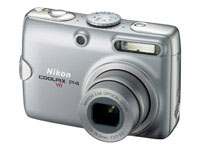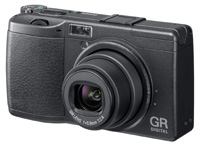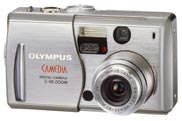Panasonic’s new DMC-FX8 Lumix camera is an upgrade to the FX7 model released a year ago. It has the same 3x optical/4x digital zoom lens, 2.5-inch LCD monitor and 5-megapixel CCD sensor and also features Panasonic’s Mega O.I.S image stabilisation system. Body dimensions and weight are also unchanged, although some minor cosmetic adjustments have been made to styling.










